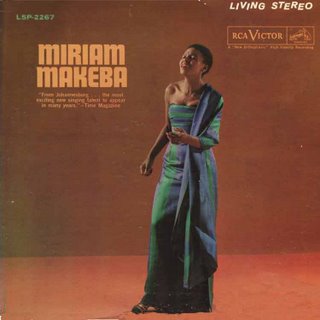When you think about what an album is supposed to be, Run-D.M.C’s self-titled debut album checks all the boxes. More than that, it was full of firsts. Released March 27, 1984, it was the first hip hop album to be certified gold. Before this, hip hop sounded like disco, R&B and other groovy samples. This album abandons the old school sound, being considered the first hardcore rap album.
To modern ears it may be relatively tame, but the Beastie Boys, Eminem and Kendrick Lamar would be nowhere without the groundbreaking work done by Run-D.M.C. It was also one of the first hip hop albums to be considered full-length, and every track on the album is the typical length of pop songs.
Other contemporary artists like the Beastie Boys or Rock Master Scott & The Dynamic Three were experimenting with a similar sound, but these groups lacked Jam Master Jay’s gritty and bare-bones beats. These were ruthless rhythms drawn together by rhymes missing any sense of melody that created an iconic hardcore sound.
Any track from this album could have been a single, and many were. However, the album as a whole was the very model for hip hop artists for decades after. The members of Run-D.M.C. redefined hip hop. The sound and the style of the genre still echoes with their imagination.
– Robbie Sullivan
Wu-Tang Clan will always be the perennial rap supergroup — a collection of artists and talent that somehow managed to produce incredible work together and apart. Members like RZA, GZA, Ghostface Killa, Raekwon and Method Man all produced classic albums during their solo careers, but none, however, could reach the heights of Ol’ Dirty Bastard’s debut album, Return to the 36 Chambers.
Released on March 28, 1995, this album cemented ODB as one of the standout members of the original Wu-Tang lineup. With his eclectic flow, surreal subject matter and raucous beat selection, it quickly solidified its place in rap history. It’s impossible to separate ODB’s personality from the album, whether he was taking a limousine to pick up food stamps, saving a four-year-old girl from a car accident or reminding everyone that Wu-Tang is for the children. He was unpredictable and genuine outside of his music and in it.
Standout tracks from this album, like “Shimmy Shimmy Ya” and “Brooklyn Zoo,” are bona-fide classics that take the original grimy formula from Wu-Tang’s debut album, Enter the 36 Chambers, and advance it even further. ODB’s iconic Biz Markie-esque singing and electric flow are immediately recognizable after you hear it once. It is so iconic, in fact, that modern rappers today are still utilizing it in their own repertoire.
The influence of this album can’t be understated, and it’ll always be a standout piece in the diamond-studded solo catalog of the Wu-Tang Clan.
– Neelan Bosnic
The White Stripes were pioneers of the indie rock genre in the early 2000s. Sharing the same last name, many assumed that the duo behind the Detroit-based act, Jack and Meg White, were siblings. Jack White did nothing to deny this, even referring to Meg White as his “big sister” onstage. The pair told every news outlet of their apparent familial relation to each other. This facade continued until March 30, 2001, when the Detroit Free Press announced to the world that Jack and Meg White had indeed been married, not related.
The pair were married in September 1996 and had split by March 2000: three months before the release of their second album, De Stijl, and about a year prior to the Detroit Free Press reveal. Even in the months following the article, The White Stripes still denied their former marriage. The band treated the notion as a rumor.
In a 2002 interview with SPIN, Jack White told Chuck Klosterman that the marriage certificate was fabricated. He claimed that people were trying to portray the pair as formerly married because “America loves gossip.” The two continued to deny their status as ex-partners for years while continuing to make music together until the breakup of The White Stripes in 2011.
An event like this brings into question why someone would lie about their relation to their bandmate. Why did Jack White want to portray someone he was married to as a sibling? One possible explanation is that the duo wanted to keep the focus off their relationship. This is essentially what White told Rolling Stone in 2005, saying that “[the audience] care[s] more about the music, not the relationship — whether they’re trying to save their relationship by being in a band.”
The band instead desired to put the musical talent and contributions of each member at the forefront, albeit in a strange manner. No matter the explanation, the reveal did not seem to change public perception of The White Stripes in a career-defining way.
– Ashley Morgan















